Have you ever felt nauseous after eating too much cheese, or felt like you were gaining weight, your skin was getting oily, and resolved to only eat salad from now on.
So take a moment to think about how the judges at this year's World Cheese Awards felt, who selected a block of aged Swiss Gruyère as the world's best cheese in 2025.
According to CNN, a group of 265 cheese experts from around the world immersed themselves in a batch of dairy mixtures of all shapes, sizes, colors, and consistency in a large auditorium in the Swiss capital of Bern. Over the course of several hours, each judge had to experience at least 40 cheeses, including smelling, touching, crumbling, and finally tasting to score.
The winning cheese was Bergkäserei Vorderfultigen, made from cow's milk on a small farm in the Alpine lowlands of western Switzerland. "It's a huge honor," cheesemaker Pius Hitz said shortly after receiving the top prize.
Although previous years' victories have sent sales of the champion cheese soaring, Hitz says he is not increasing production so as not to upset the delicate balance of the protected Gruyère market.
Berkäserei Vorderfultigen may only have traveled a few miles to reach the prize, but it’s a long journey to the top. They’re still luckier than many of their foreign competitors, whose cheeses have to be flown long distances, encountering import laws and US export bans even before the competition begins.
5,244 cheeses from 46 countries arrived at the Festhalle in Bern, where, as judging day approached, they emerged in waves of intense aromas mingled with the sounds of a Swiss horn orchestra playing in the corner of the auditorium.
Seas of soft cheese
The cheeses are displayed on 110 white-tableclothed tables under the supervision of teams of two or three judges, all wearing matching yellow aprons. They are selected from the community of cheesemakers, traders and experts who make up the international cheese connoisseurship.
Just before 10 a.m., they began the arduous task of trying to find bronze, silver, gold and “super gold” contenders among the milk-based masterpieces — stripped of identifying features so they can be tasted without identification — stretched out before them.
Giant cheese wheels round like wheels with characteristic round holes, slices smooth as from a foam mattress, spoons dipped in the soft cheese.
Between tastings, they cleanse their mouths with sips of water, crunchy apples, or sometimes sips of Coca-Cola.
There are cheeses made from cow's milk, sheep's milk, buffalo's milk, camel's milk, and donkey's milk. Manchegos, Bries, Camembert, cheddar, Parmesan, Goudas. Orange cheeses, blue cheeses, green cheeses. Waxed cheeses. Flowered cheeses. And cheeses drizzled with whiskey and apple juice.
Some were hard. Some were crumbly. Some were dense. Some were light and spongy. Some were so soft they needed to be jarred. Some, the tops cut off to reveal moist, mold-glossy interiors, looked as if they were teeming with organisms unknown to science .
All are scored on their appearance, smell, taste, texture and how they feel in your mouth – and obviously, they're not always pleasant.
“There were some inedible dishes today,” Emma Young, a British cheesemonger and author, commented on the dishes on table 26, pointing out a cheese she thought might have gone wrong during processing.
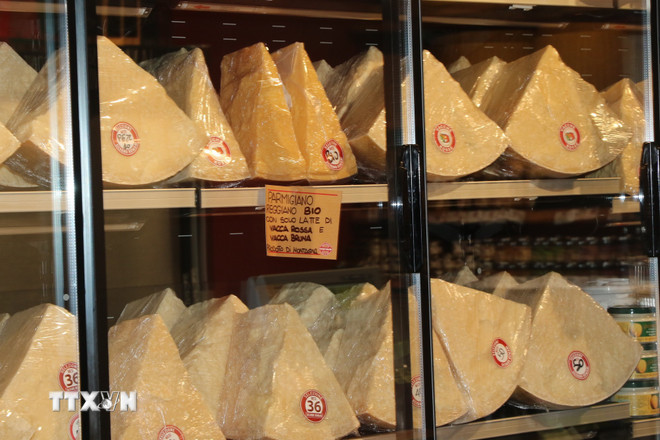
Not all is bad
“It’s crazy,” Young added. “I’ve tasted some of the best cheeses of my life—and some of the worst. It’s like a palate exercise.” She pointed to a cheese that scored highest for its “complexity,” which she attributed to the milks used.
'Biting into a cloud'
“I wish it tasted as good as it looked,” said Ashley Morton, a judge at Table 11, where an unusually bright blue cheese made with spirulina attracted plenty of cameras. Morton, a New York “cheese ambassador” who goes by the name Brieyoncé, favored a goat cheese coated in a gray substance that was “almost like biting into a cloud.”
“Look at the fruity flavor here,” said Jen Shelton, an organic dairy expert from Kansas, as she discussed a large wheel of cheese covered in crushed grapes with judge Charles Beauquesne, a Frenchman, sitting at table 52. The cheese was then spread out on the table. “It’s crumbly,” she added. “It’s milky, but quite dry. The grapes add a slight sweetness, but it’s quite sticky.”
They both record the cheese's score, wipe the equipment clean with a paper towel, and move on to the next candidate.
By midday, the judges had made their final selections, taking the “super gold” winners to a separate judging area where a panel of seasoned cheese experts selected the finalists. They then tasted and scored them live on stage, like a fragrant “Dancing with the Stars” soundtrack.
The shortlist includes a creamy, creamy Japanese goat cheese, a deep sunset-colored hard English cheese, an American cheese, and certainly a few Swiss cheeses. It’s generally accepted that entries from the host country have a home-field advantage—cheeses aren’t known for traveling—but local cheeses don’t always win the crown. A Gruyère won in 2022 when the competition was held in Wales.
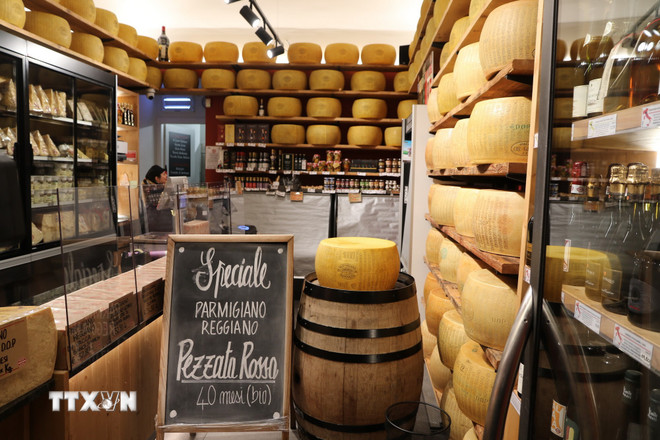
John Farrand, chief executive of the event’s organizer, the UK-based Fine Foods Association, said the World Cheese Awards stands out from other dairy competitions around the world because it can boast a truly global profile – held in many different countries and with a diverse range of entrants and judges. In 2026, the competition will move to Córdoba, Spain.
The 2025 winner was chosen by Perry Wakeman, one of the top judges. Gruyère was a worthy winner, he said, describing its complexity: "Buttery, caramel. Salty, a little fruity, a little charred. The length of the draw is incredible. Three bites, we could still eat more."
For viewers, cheese judging can be a frustrating process. Concerns about foot-and-mouth disease and other agricultural health issues mean that only judges who have signed a waiver are allowed to taste the product under the terms of the competition’s special import permit.
At the end of the day, tables in the auditorium were still littered with leftover cheese that sadly would never be eaten. The rest, the competition organizers said, would not be completely wasted, but would be recycled locally and “turned into energy”./.
Source: https://www.vietnamplus.vn/trai-nghiem-dac-biet-cua-nhung-nguoi-phai-nem-40-loai-phomai-trong-mot-ngay-post1079834.vnp














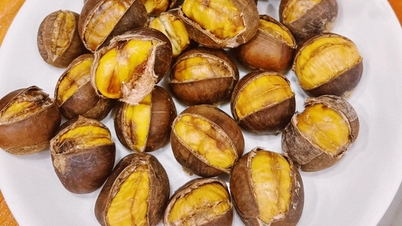

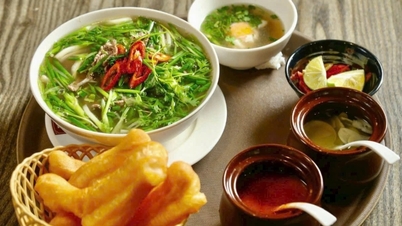

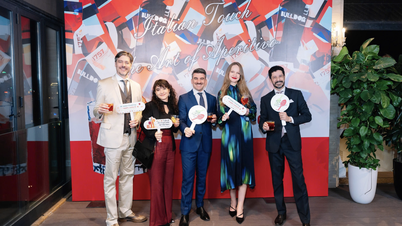

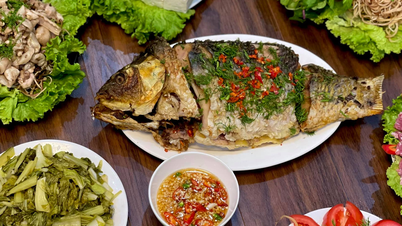



























































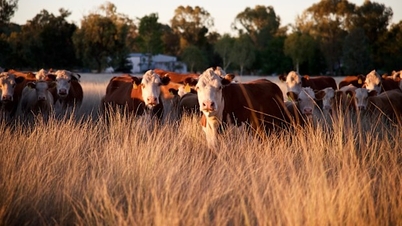











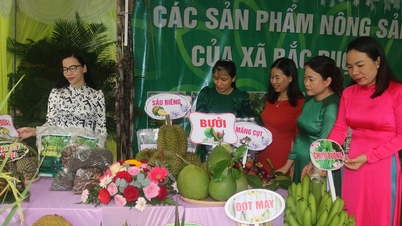



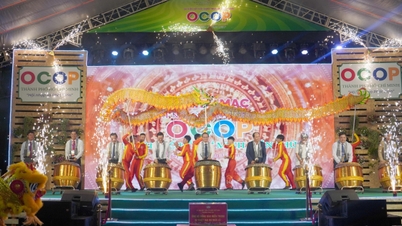











Comment (0)